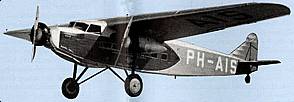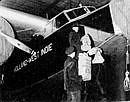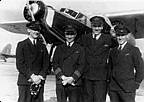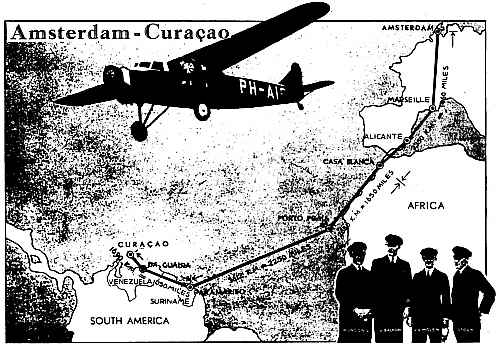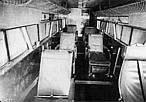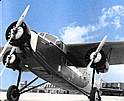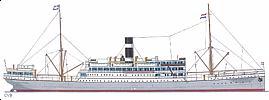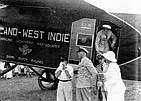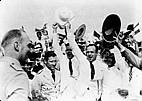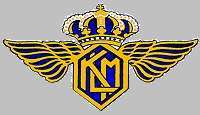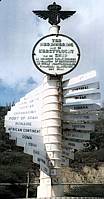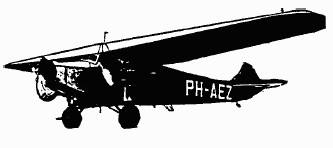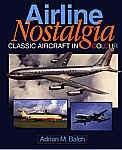
    |
Color photos arranged chronologically, from airliners originating in the 1930s up to the early jetliners - the de Havilland Comet and the Boeing 707. Includes older versions of current models as the Boeing 727 and 747. Many photos show these veteran airliners in recent action. |
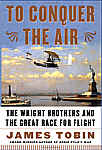
    |
To Conquer the Air:
The Wright Brothers and the Great Race for Flight
James Tobin |
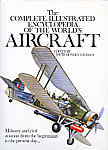
  
|
Military and civil aviation from the beginnings to the present day:
- The history of powered flight
- The world's great aircraft
through the ages
- A-Z directory of almost
1500 manufacturers
- Technical glossary
- Over 1000 reference
illustrations |

